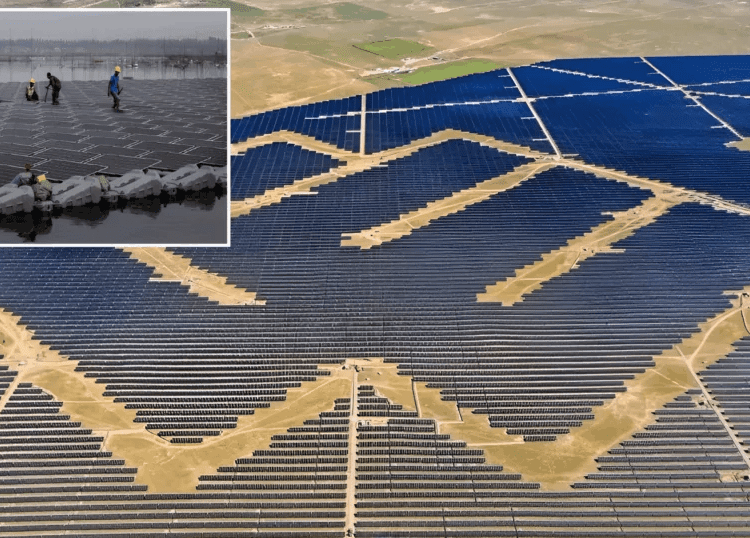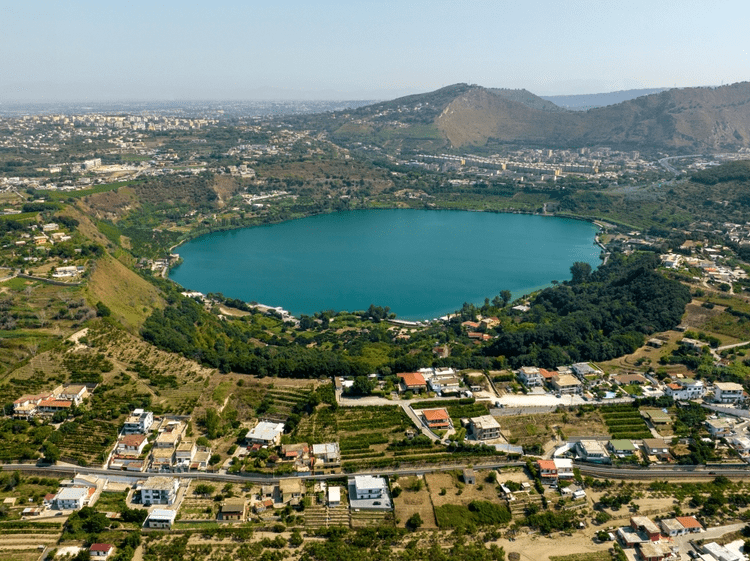Mount Etna Erupts Spectacularly, Sending Massive Ash Cloud Over Sicily
On Monday, June 2, Italy’s Mount Etna erupted with tremendous force, unleashing a towering cloud of ash, gas, and volcanic debris high into the sky above Sicily. The eruption triggered a fast-moving avalanche of volcanic material that tore down the side of Europe’s largest active volcano.
The massive eruption near the city of Catania—a bustling metropolitan area of over one million people near the volcano’s base—prompted visitors to scramble for safety as dense black smoke billowed overhead.
Around 11:20 AM local time, a pyroclastic flow composed of hot lava blocks, ash, gas, and other volcanic matter surged down the volcano’s slope. Dramatic footage captures the volcano appearing to split open from the summit as this fiery material raced downward.
Scientists monitoring Mount Etna believe the eruptive activity began following a collapse in the South-East Crater, where explosive activity quickly transformed into a powerful lava fountain. This was reported by Italy’s National Institute of Geophysics and Volcanology (INGV) at noon local time.
As of the latest updates, there have been no reports of injuries, though videos on social media show tourists fleeing on foot.
Enrico Tarantino, mayor of Catania, reassured the public: “I spoke to the INGV; everything is normal and under control. There is no critical situation. This is a recurring phenomenon that was anticipated based on the volcano’s monitoring.”
Mount Etna has been erupting intermittently since November 27, 2022. Standing over 11,000 feet (3,350 meters) tall, it is Europe’s tallest active volcano.
The ash cloud from this eruption soared to approximately 21,300 feet (6,500 meters)—nearly twice the volcano’s height—according to the Toulouse Volcanic Ash Advisory Centre. The cloud also contained significant amounts of sulfur dioxide (SO₂), which can combine with atmospheric particles to create volcanic smog, or “vog.” While vog can irritate eyes, skin, and respiratory systems, Italian officials have not issued any health warnings at this time.

Mount Etna erupted with a massive plume of ash, gas and other volcanic materials. (Image credit: GIUSEPPE DISTEFANO/AFP via Getty Images)
By 4:56 PM local time, the Etnean Observatory confirmed that the eruption had ceased.










